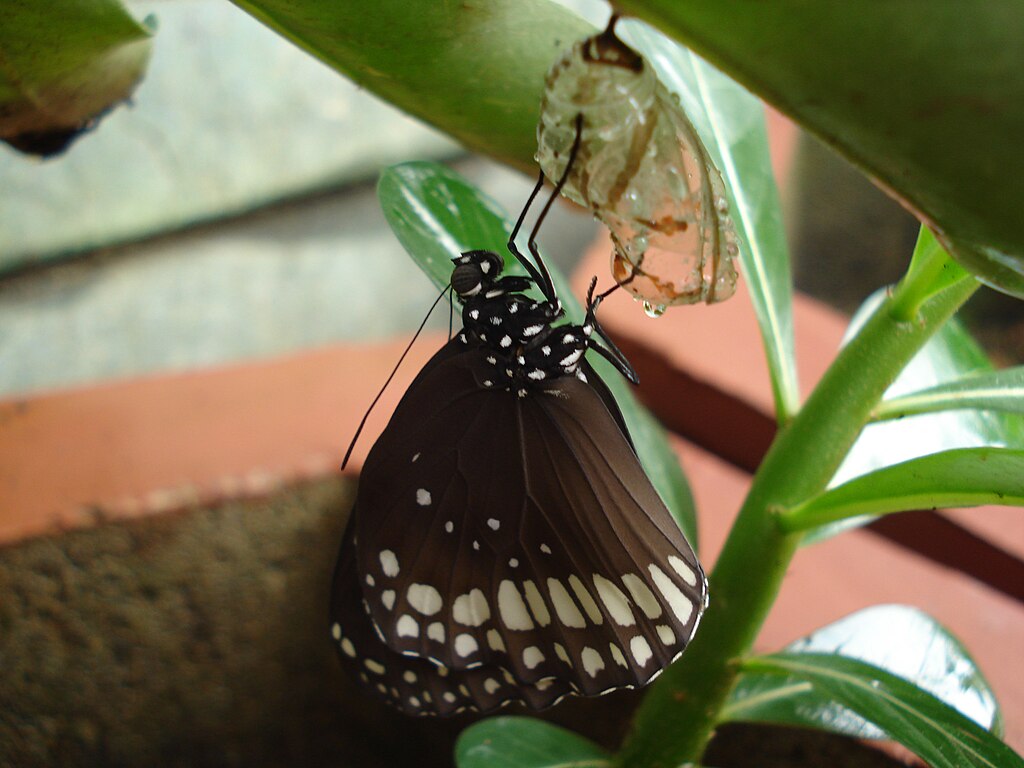Imagine undergoing such a complete transformation that your entire body dissolves and rebuilds itself from scratch. Most of us would assume that any memories from our previous existence would vanish forever. Yet in the remarkable world of butterflies, science has uncovered something truly extraordinary: these delicate creatures can actually retain memories from their caterpillar days, even after their bodies have been completely reconstructed during metamorphosis. This discovery challenges everything we thought we knew about memory, consciousness, and the incredible process of transformation that turns a crawling caterpillar into a soaring butterfly.
The Shocking Discovery That Changed Everything
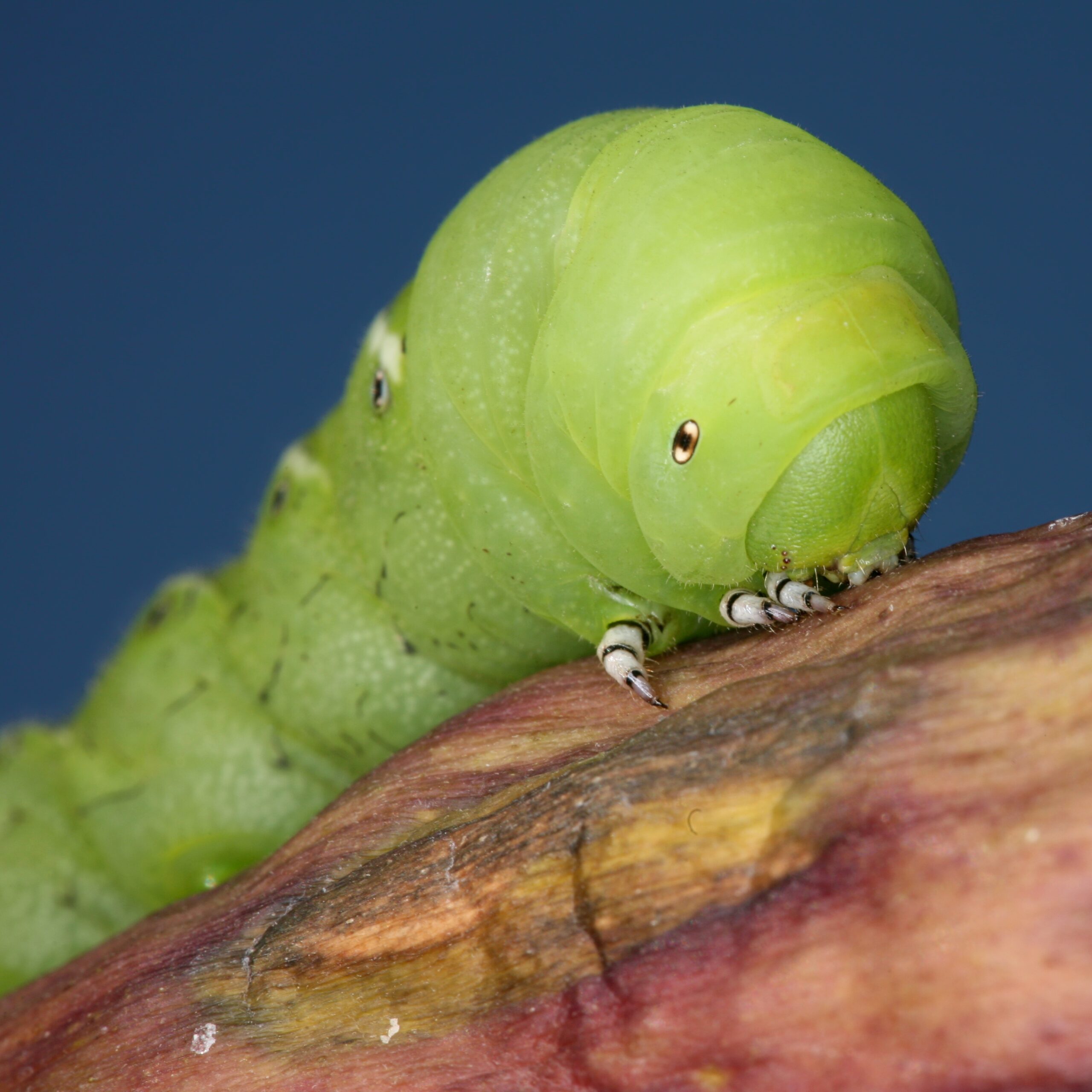
Scientists at Georgetown University made a groundbreaking discovery that left the scientific community stunned. They trained tobacco hornworm caterpillars to avoid certain scents by giving them mild electrical shocks whenever they encountered specific odors. The caterpillars quickly learned to associate these smells with danger and would actively avoid them. What happened next defied all expectations. After these trained caterpillars underwent complete metamorphosis and emerged as adult moths, researchers tested whether they still remembered their caterpillar lessons. Incredibly, the adult moths still avoided the same scents they had learned to fear as caterpillars, even though their brains had been completely dissolved and reformed during the transformation.
The Mind-Bending Process of Metamorphosis
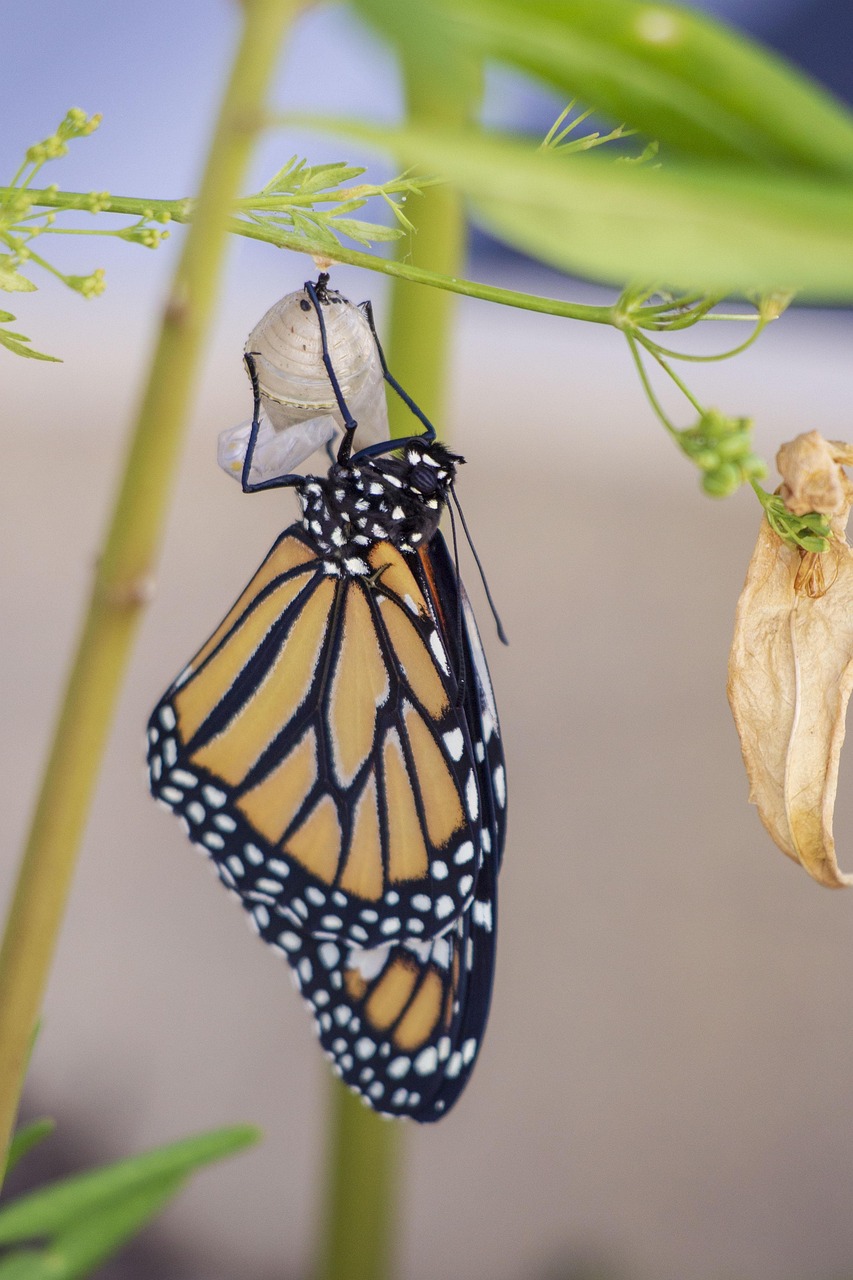
To understand how remarkable this memory retention truly is, we need to grasp what actually happens during metamorphosis. Inside the chrysalis, the caterpillar’s body doesn’t simply grow wings and change shape. Instead, most of its tissues literally dissolve into a nutrient-rich soup called “histolysis.” Special clusters of cells called imaginal discs, which have been dormant throughout the caterpillar’s life, suddenly activate and begin building the butterfly’s new body parts. The caterpillar’s brain, nervous system, and most organs are broken down and reconstructed from scratch. It’s like demolishing a house completely and building a mansion from the recycled materials.
Where Memories Hide During the Great Transformation
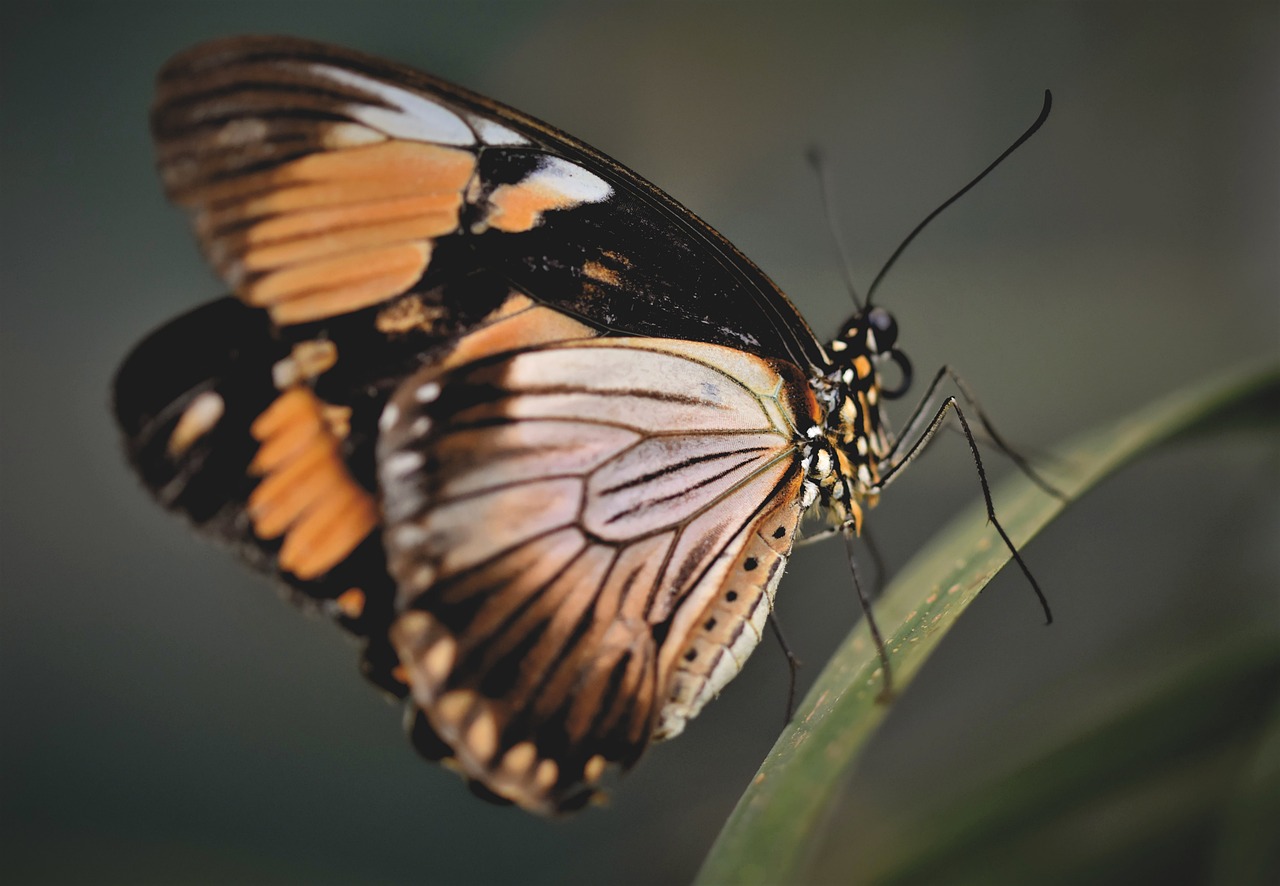
The million-dollar question became: if the brain dissolves, where do the memories go? Scientists discovered that certain parts of the nervous system, particularly the central nervous system’s core structures, remain intact during metamorphosis. These surviving neural pathways act like a biological hard drive, preserving crucial information. Think of it like transferring files from an old computer to a new one. While the hardware changes completely, the essential data gets copied over to the new system. The butterfly’s reconstructed brain can access these preserved neural connections, allowing it to remember experiences from its caterpillar days.
The Butterfly Brain: A Reconstruction Marvel
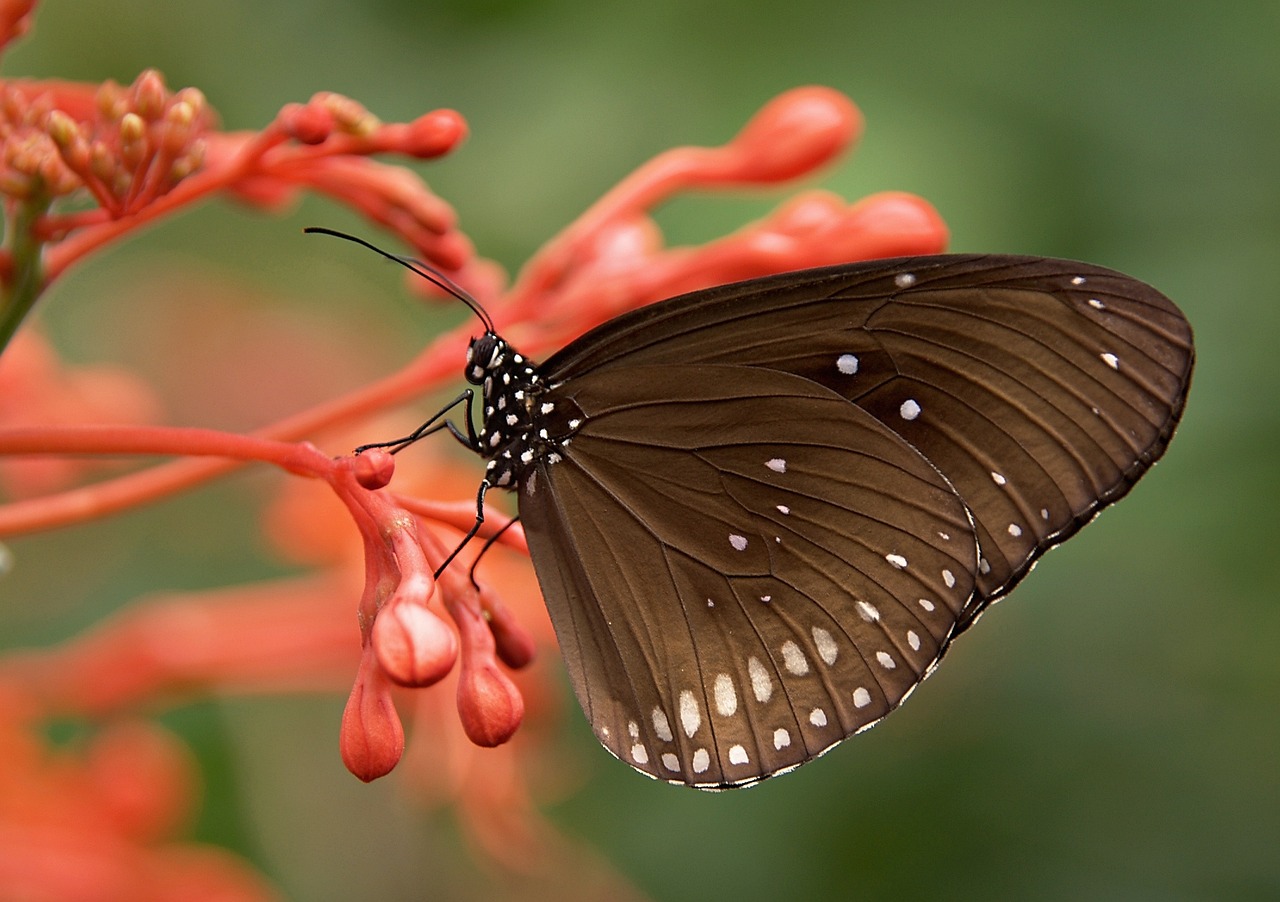
When a butterfly emerges from its chrysalis, its brain isn’t just a random collection of new neurons. The reconstruction process follows a precise blueprint that maintains critical connections from the caterpillar’s original nervous system. Specific neuron clusters that were involved in learning and memory formation manage to survive the transformation. These surviving neurons act as anchor points for the new brain architecture. As the butterfly’s brain rebuilds itself, these ancient connections provide a foundation for accessing old memories. It’s like having a few experienced employees stay on during a complete company reorganization—they help maintain institutional knowledge.
Chemical Memories: The Scent Connection
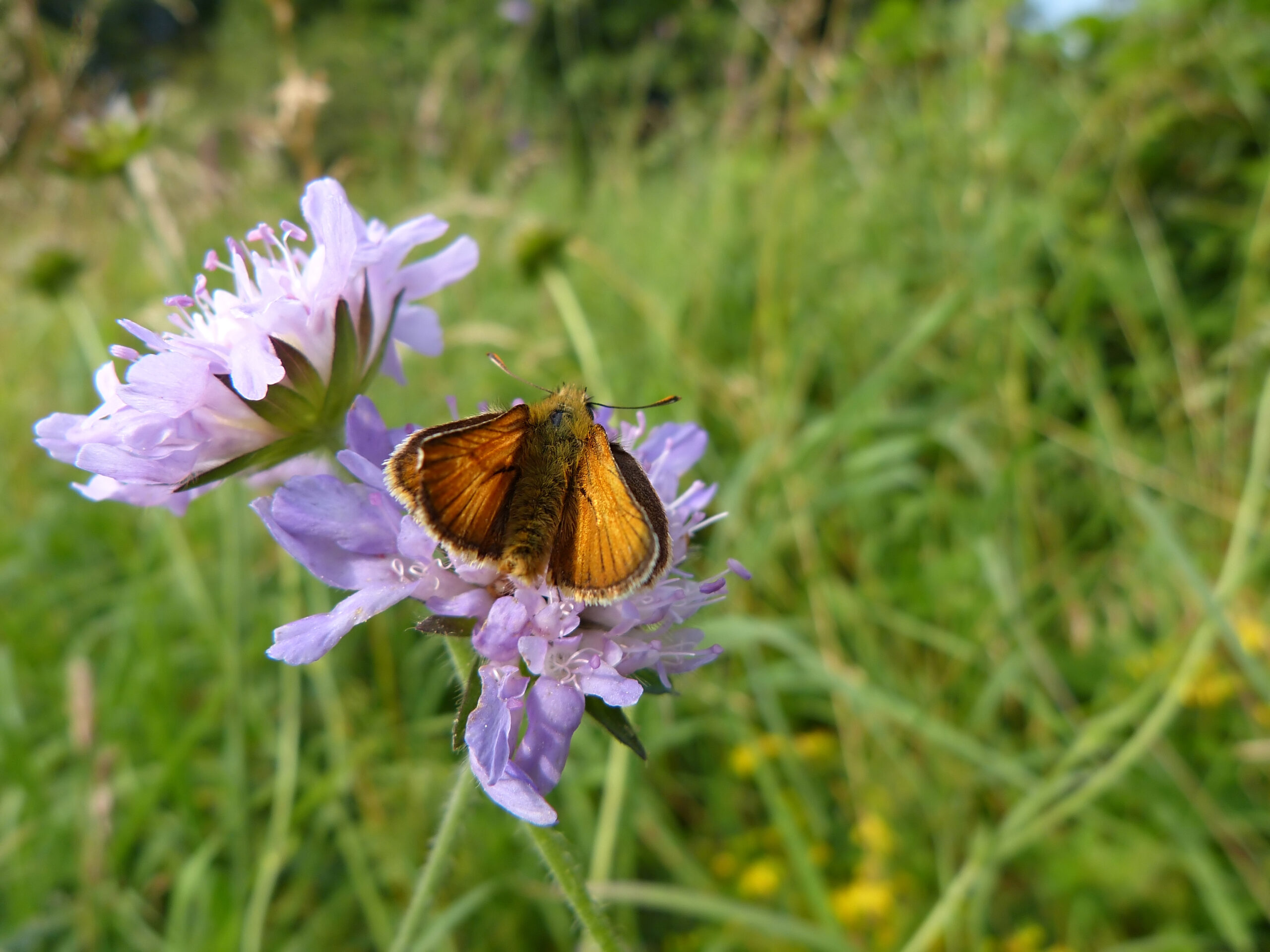
One of the most fascinating aspects of butterfly memory involves their incredible ability to remember scents. The same chemical receptors that helped caterpillars identify food sources and avoid predators get passed down to the butterfly stage. This chemical memory system is so robust that butterflies can remember specific plant odors their caterpillar selves encountered weeks earlier. Female butterflies use these inherited scent memories to make crucial decisions about where to lay their eggs. They can remember which plants provided the best nutrition during their caterpillar days and seek out similar hosts for their offspring. It’s like having a detailed restaurant review from your childhood that still influences your dining choices as an adult.
Learning Lessons That Last a Lifetime
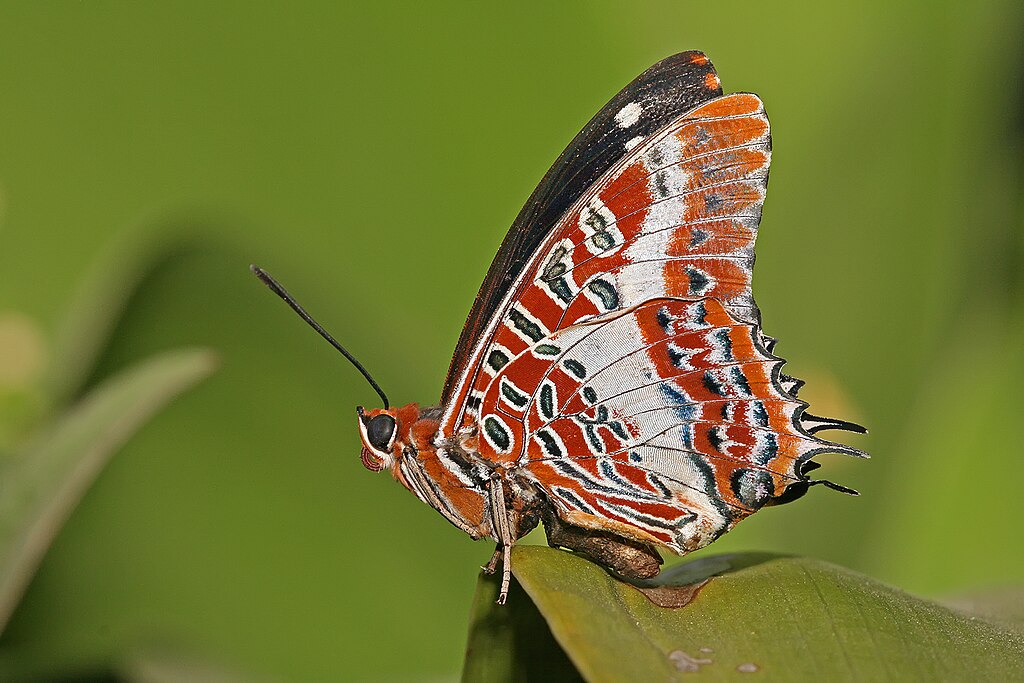
The implications of metamorphic memory extend far beyond simple scent recognition. Caterpillars that learn to avoid certain predators or navigate around obstacles can retain these survival skills as butterflies. This gives them a significant advantage in their new aerial lifestyle. Researchers have documented cases where butterflies avoid areas where they experienced threats as caterpillars, even though their new flying abilities would allow them to easily escape such dangers. The fear responses learned during their vulnerable crawling stage continue to influence their behavior as powerful fliers.
The Monarch Migration Mystery Solved
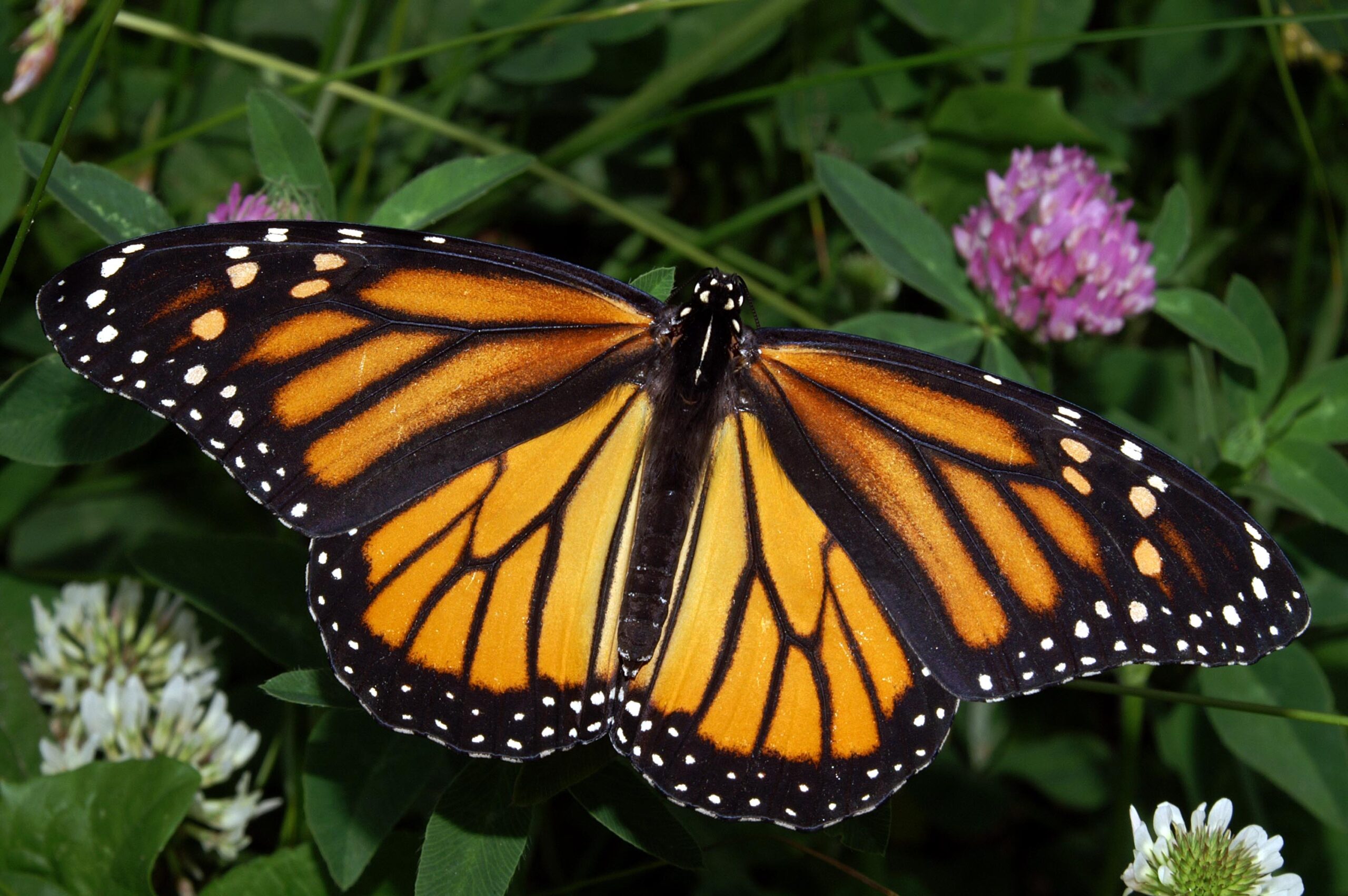
The discovery of metamorphic memory has shed new light on one of nature’s greatest mysteries: the monarch butterfly migration. For decades, scientists wondered how butterflies could navigate thousands of miles to wintering grounds they had never seen before. The answer might lie in inherited memories from their caterpillar stage. Young caterpillars may absorb crucial navigational information from their environment—magnetic fields, sun positions, and landmark patterns—that gets preserved through metamorphosis. When they emerge as butterflies, this stored information helps guide their epic journey south. It’s like having a GPS system that was programmed during childhood and activated years later.
Taste Memories: From Leaf to Nectar
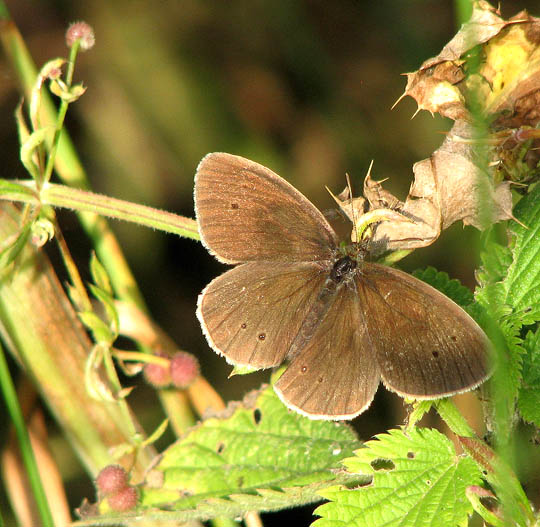
The transition from leaf-eating caterpillar to nectar-sipping butterfly represents one of nature’s most dramatic dietary changes. Yet research suggests that taste memories from the caterpillar stage influence adult butterflies’ flower preferences. Caterpillars that fed on plants with specific chemical compounds show preferences for flowers containing similar substances. This chemical continuity helps butterflies make better foraging decisions in their new environment. They can avoid flowers that might contain toxins similar to those they learned to avoid as caterpillars. It’s like having a built-in food safety system that transcends physical transformation.
Social Memories: Recognizing Friend from Foe
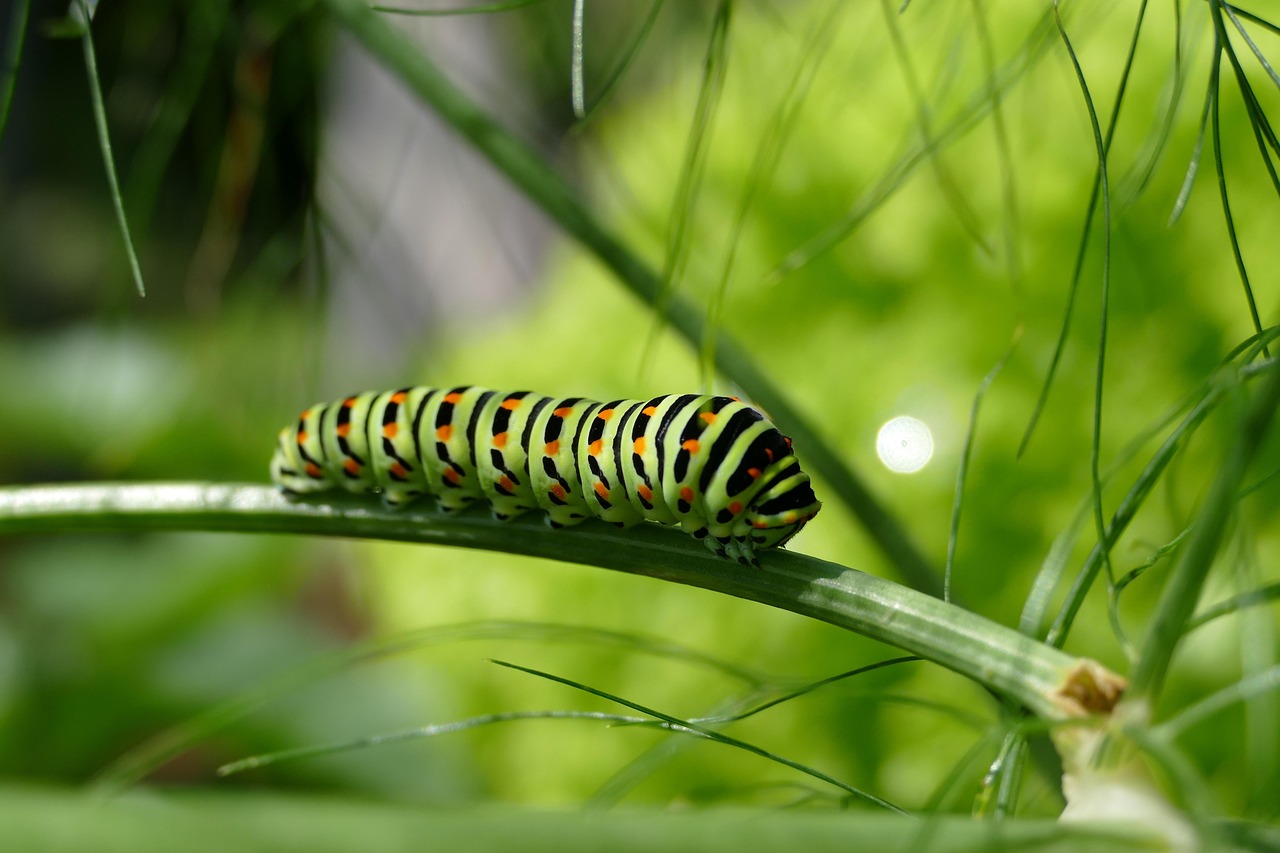
Some caterpillar species are surprisingly social, living in groups and learning to recognize siblings and potential threats. These social memories can persist through metamorphosis, influencing how butterflies interact with their environment and other butterflies. They may avoid areas where they encountered aggressive competitors as caterpillars or seek out regions where they found friendly companions. This social memory system helps butterflies make better decisions about mating sites and territorial boundaries. A butterfly might remember that a particular tree was associated with successful social interactions during its caterpillar days and return to similar environments for reproduction.
The Evolutionary Advantage of Persistent Memory
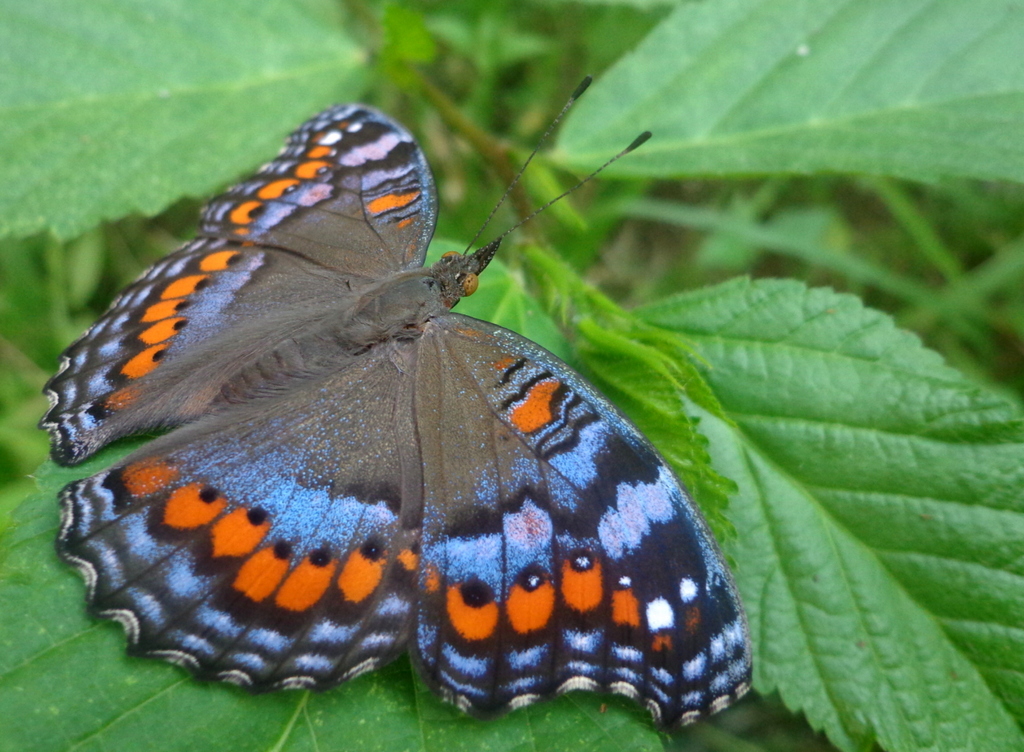
The ability to retain memories across metamorphosis provides butterflies with a remarkable evolutionary advantage. Instead of starting life as a completely naive adult, they emerge with a wealth of experience from their caterpillar days. This knowledge helps them avoid predators, find food sources, and navigate their environment more effectively. Think of it as getting a head start in life’s game. While other insects must learn everything from scratch as adults, butterflies begin their flying careers with a comprehensive database of survival information. This evolutionary innovation has likely contributed to the incredible success and diversity of butterflies worldwide.
Temperature and Seasonal Memory
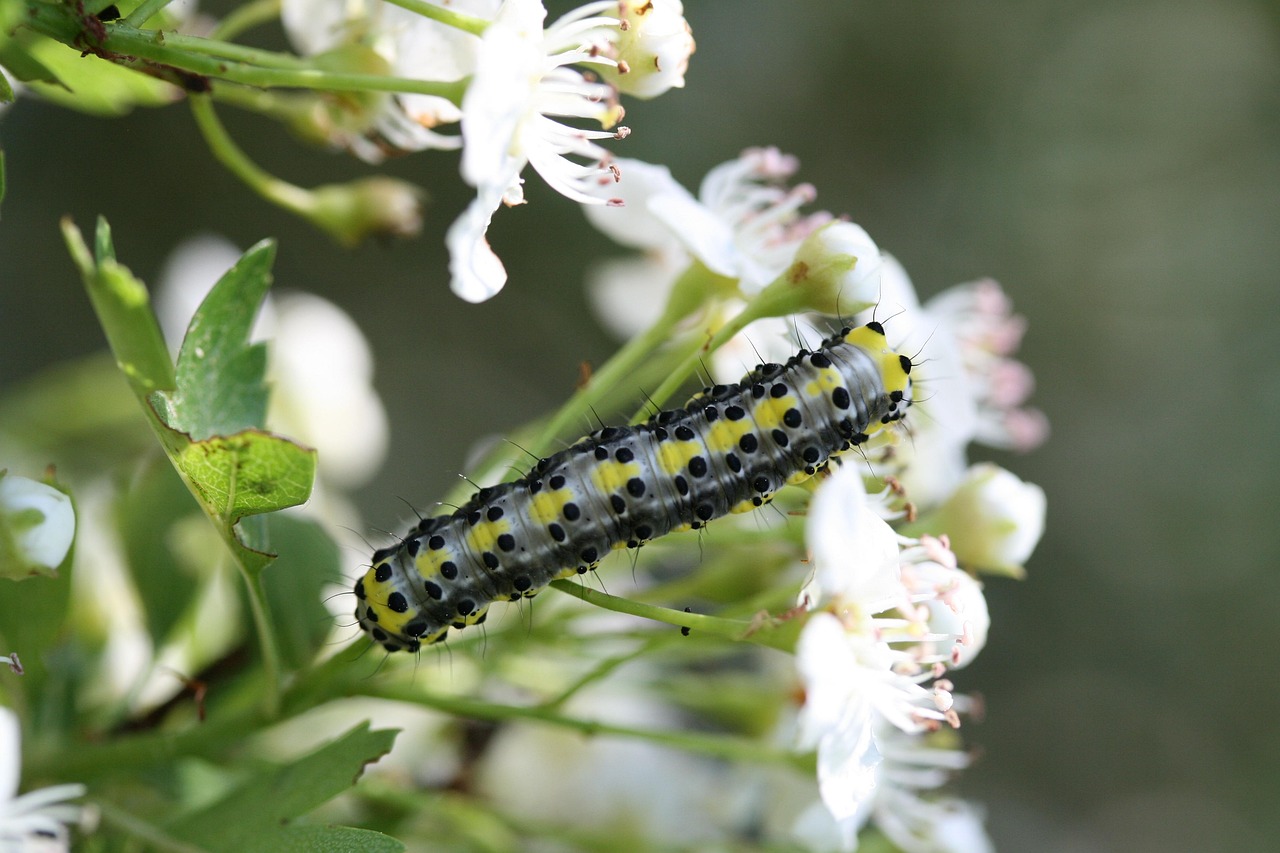
Caterpillars that experience specific temperature patterns and seasonal changes can retain this information as butterflies. This thermal memory helps them time their activities, reproduction, and migration patterns. A butterfly might remember that certain temperature ranges were associated with abundant food sources during its caterpillar stage. This seasonal memory system allows butterflies to make predictions about environmental conditions and adjust their behavior accordingly. They can anticipate when flowers will bloom, when predators will be active, and when weather conditions will be favorable for flight based on patterns learned during their ground-dwelling days.
The Future of Metamorphic Memory Research

Scientists are just beginning to understand the full extent of memory retention across metamorphosis. Current research is exploring whether butterflies can remember complex spatial information, learn from observing other caterpillars, and even pass certain memories to their offspring through epigenetic mechanisms. Advanced brain imaging techniques are revealing new details about how neural networks survive and reconstruct during metamorphosis. These discoveries could revolutionize our understanding of memory, consciousness, and the remarkable plasticity of the nervous system. The implications extend far beyond butterflies, potentially informing research into human memory disorders and brain regeneration.
Conservation Implications of Butterfly Memory
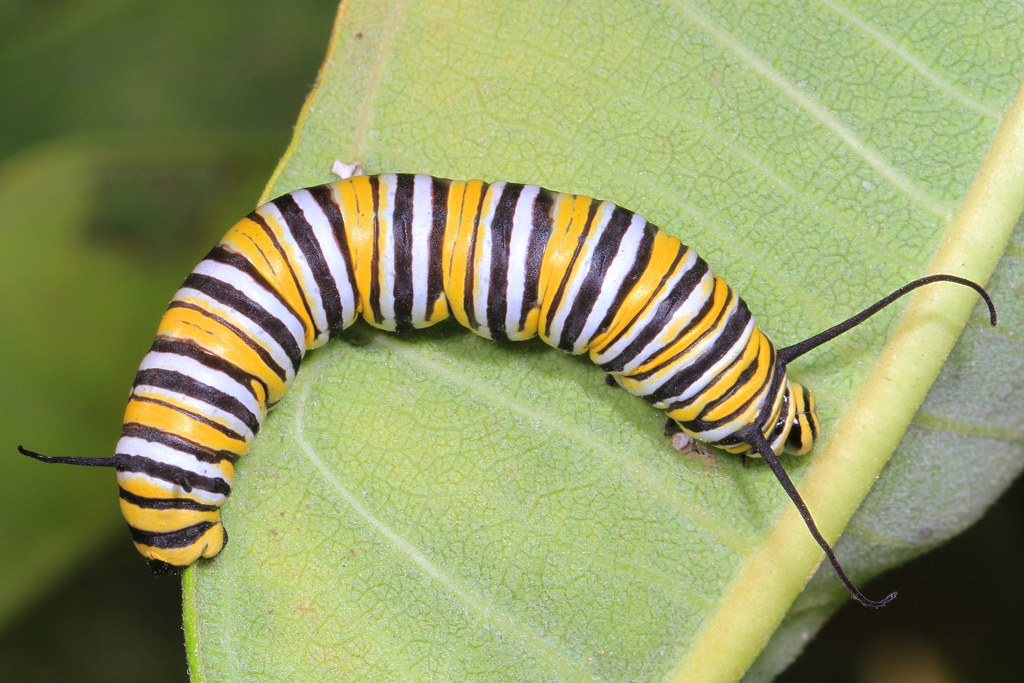
Understanding that butterflies retain memories from their caterpillar stage has important implications for conservation efforts. Protecting caterpillar habitats becomes even more crucial when we realize that these early experiences shape adult butterfly behavior and survival rates. Conservation strategies must consider both the caterpillar and butterfly stages as interconnected phases of a single life cycle. Disrupting caterpillar environments doesn’t just affect that generation—it can impair the learning and memory formation that butterflies depend on for successful reproduction and survival. This knowledge emphasizes the importance of maintaining continuous, high-quality habitats throughout a butterfly’s complete life cycle.
The Profound Mystery of Consciousness
The discovery that butterflies remember their caterpillar lives raises profound questions about the nature of consciousness and identity. If memories can survive such a dramatic physical transformation, what does this tell us about the continuity of experience across radical life changes? These findings challenge our assumptions about the relationship between brain structure and memory storage. They suggest that consciousness and memory might be more resilient and adaptable than we ever imagined. The butterfly’s journey from caterpillar to flyer represents not just a physical transformation, but a remarkable preservation of experience that spans two completely different forms of existence. The revelation that butterflies carry memories from their caterpillar days fundamentally changes how we view these remarkable creatures. They’re not just beautiful insects that undergo an amazing transformation—they’re living bridges between two worlds, carrying the wisdom of their earth-bound youth into their sky-bound adulthood. This discovery reminds us that memory and experience are far more resilient than we ever imagined, capable of surviving even the most dramatic changes life can offer. What other secrets might be hidden in the memories of creatures we thought we understood completely?

